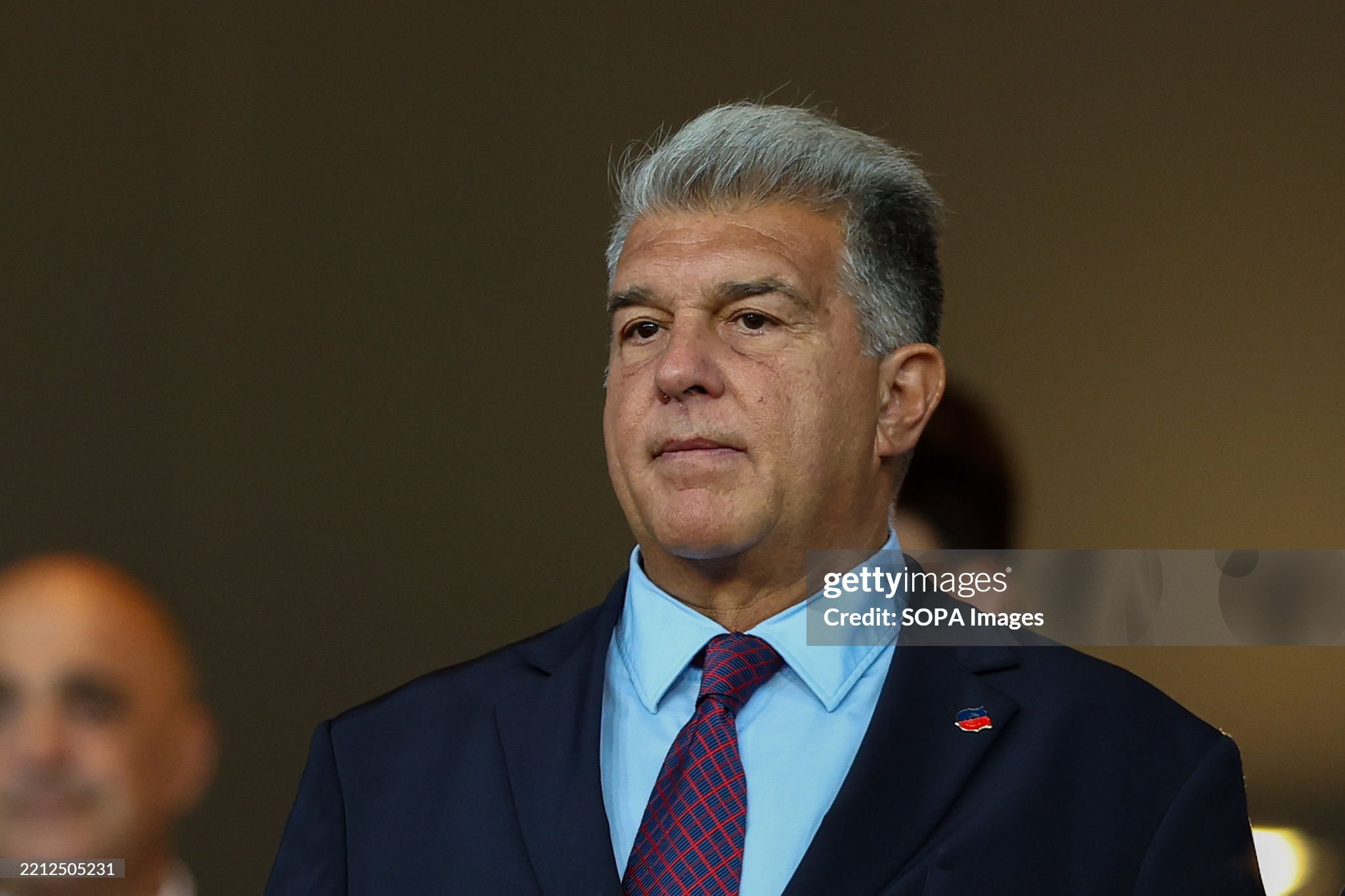Since mid-2023, Barcelona has been living through one of the most transformative chapters in its modern history not just on the pitch, but structurally and symbolically.
The iconic Camp Nou, the beating heart of the club since 1957, was closed for major renovations as part of the ambitious Espai Barça project, a monumental redevelopment plan that aims to turn the stadium and surrounding facilities into a world-class sports and entertainment complex.
The works, which began in earnest after the end of the 2022–23 season, required the complete closure of Camp Nou. As a result, FC Barcelona moved its home matches to the Estadi Olímpic Lluís Companys on Montjuïc a stadium with a rich Olympic history but significantly smaller in capacity and lacking the atmosphere of Camp Nou. Though the players and staff adapted to the temporary home, the absence of the Camp Nou has been deeply felt by the club’s supporters, both emotionally and practically. Attendance has dropped, revenue from matchdays has been affected, and the team has often found it harder to create the same kind of fortress-like environment that once defined their home advantage.
Initially, the club had hoped to return to Camp Nou in early 2024, with at least part of the stadium functional before the season ended. However, like many large-scale construction projects, delays soon emerged due to complex engineering challenges, bureaucratic processes, and the need to ensure safety and modern compliance. The return was postponed several times, creating frustration but also raising anticipation for what the new stadium would offer.
Now, club president Joan Laporta has publicly stated a new and symbolic goal: to reopen the stadium in August 2025, with the Joan Gamper Trophy serving as the very first official event in the renovated venue.
Laporta, who has made the Espai Barça project a cornerstone of his presidency, confirmed this intention during an interview with Catalan broadcaster TV3.
“We want to use it as a pilot for the reopening of the stadium,” he said. “That’s what we’re working on. We expect to play the Joan Gamper Trophy match at the Spotify Camp Nou.”
The Joan Gamper Trophy, traditionally played every August as the team’s final preseason fixture, is named after the club’s founder and has long been a moment of celebration. It usually serves as a showcase for new signings, a welcome back for fans, and a symbolic start to the campaign. Holding this match as the official return to Camp Nou would carry tremendous emotional weight a reuniting of fans, club, and stadium after more than a year of absence.
The date has not yet been made official, but several Spanish outlets have reported that August 10 is under serious consideration. Interestingly, the opponent may be Como 1907, an Italian second-division team that has been gaining attention due to its ambitious project and financial backing. Most notably, former Barcelona midfielder Cesc Fàbregas a graduate of La Masia who later played for Arsenal, Chelsea, and Barça is now involved with Como as a coach and part-owner. His return to Camp Nou as an opposing figure in the reopening match would add a powerful narrative to the event.
Should the plan move forward, it’s expected that only a portion of the stadium will be open to fans at first likely around 60,000 to 65,000 seats as final construction phases continue through the 2025–26 season. Still, this partial reopening would be a major milestone for the club, signaling the return of not just a stadium, but a vital part of its identity.
The new Camp Nou, part of the broader Espai Barça vision, will feature a state-of-the-art retractable roof covered in solar panels, improved sightlines, modernized VIP areas, and a fully digital infrastructure designed to offer fans an immersive matchday experience. The surrounding area will also include new facilities for other sports, office spaces, shops, and green zones transforming the neighborhood into a true sports campus.
Laporta sees this reopening not just as the end of a construction project, but the beginning of a new sporting and financial era for FC Barcelona. The revenue generated by the improved stadium is expected to play a crucial role in helping the club recover from years of financial difficulties and regain competitiveness on the European stage. For many fans, it also symbolizes a long-awaited return to normalcy and to glory.
As of now, the club continues to work around the clock to meet the deadline. Engineers and workers are pushing ahead with key structural and aesthetic phases, with the city of Barcelona also coordinating infrastructure upgrades to support the increased traffic expected around the stadium. Once completed, the new Spotify Camp Nou will be one of the largest and most advanced stadiums in the world.
The Gamper Trophy, then, could be more than a preseason friendly. It could be the first spark of a renewed Barça back in its rightful home, backed by a crowd that has waited patiently, and ready to write the next chapter of its extraordinary story.


